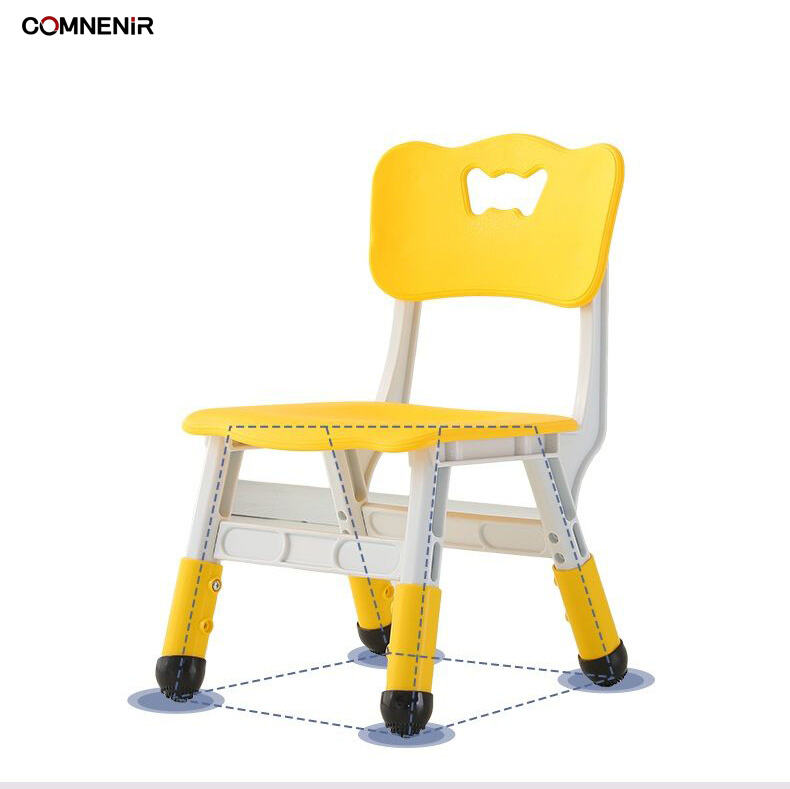chemical laboratory furniture
Chemical laboratory furniture represents essential infrastructure designed specifically for scientific research and experimentation environments. This specialized equipment encompasses workbenches, fume hoods, storage cabinets, and safety stations, all engineered to meet strict laboratory standards. Modern chemical laboratory furniture integrates advanced materials like chemical resistant surfaces, antimicrobial coatings, and modular design elements that ensure flexibility and longevity. These furnishings are constructed with high grade stainless steel, epoxy resin, or phenolic materials that resist corrosion, chemicals, and heat. The furniture systems typically feature built in utility services including electrical outlets, gas lines, and water connections, streamlining laboratory operations. Safety features such as rounded edges, spillage containment systems, and emergency shutdown mechanisms are integrated seamlessly into the design. The furniture accommodates various laboratory needs with adjustable heights, mobile units, and customizable storage solutions. Additionally, ergonomic considerations are paramount, with designs that promote proper posture and reduce physical strain during extended periods of work.


